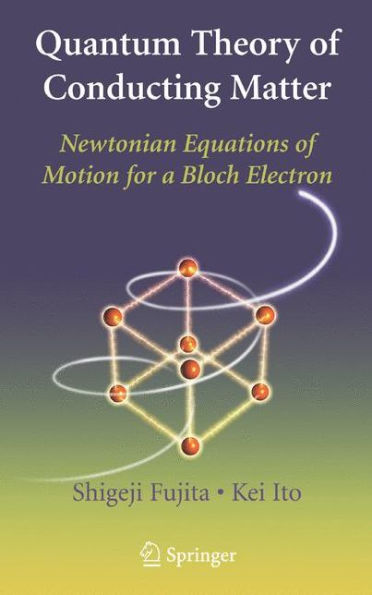5
1
9781441925473



Quantum Theory of Conducting Matter: Newtonian Equations of Motion for a Bloch Electron / Edition 1 available in Hardcover, Paperback

Quantum Theory of Conducting Matter: Newtonian Equations of Motion for a Bloch Electron / Edition 1
- ISBN-10:
- 1441925473
- ISBN-13:
- 9781441925473
- Pub. Date:
- 10/29/2010
- Publisher:
- Springer New York
- ISBN-10:
- 1441925473
- ISBN-13:
- 9781441925473
- Pub. Date:
- 10/29/2010
- Publisher:
- Springer New York

Quantum Theory of Conducting Matter: Newtonian Equations of Motion for a Bloch Electron / Edition 1
$109.99
Current price is , Original price is $109.99. You
109.99
In Stock

Product Details
| ISBN-13: | 9781441925473 |
|---|---|
| Publisher: | Springer New York |
| Publication date: | 10/29/2010 |
| Edition description: | Softcover reprint of hardcover 1st ed. 2007 |
| Pages: | 244 |
| Product dimensions: | 6.10(w) x 9.25(h) x 0.03(d) |
About the Author
From the B&N Reads Blog
